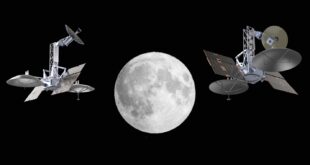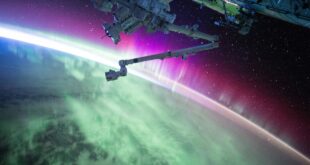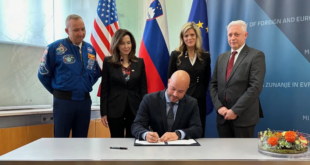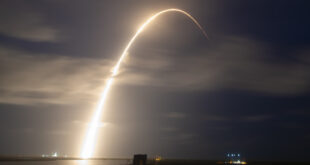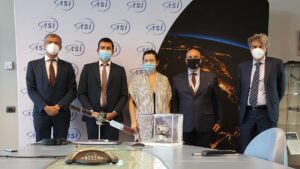
Edinburgh, 20 September 2021. – The Italian Space Agency (ASI) cooperates with Quascom and NASA to launch project NEIL to experiment satellite-based positioning on the lunar surface, ASI reports.
Project NEIL (Navigation Early Investigation on Lunar surface) is linked to NASA’s Commercial Lunar Payload Service mission. Task Order 19 of this mission is aiming to land at the “Mare Crisium” basin of the Moon in 2023.
The NEIL payload will be integrated into the Lunar GNSS Receiver Experiment (LuGRE) to develop activities in lunar and cislunar environments. This will be the first time that positioning based on GPS and Galileo signals will be tested 400,000 km above the Earth. The previous trials by NASA only reached a distance of 200,000 km.
Qascom will develop and provide ASI with a dual-frequency and double constellation GNSS (Global Navigation Satellite System) receiver. They will also supply the antenna, LNA, and filters that are capable of supporting the extreme Moon environment. NEIL will then be incorporated with NASA’s Blue Ghost lunar lander in 2022. Due to the distance from Earth, GPS and Galileo signals received from NEIL will be very weak. Specific algorithms will process these weak signals and calculate positioning and timing. This will allow for navigation both during travelling towards the Moon and later on its surface as well.
NEIL will demonstrate how GPS and Galileo could be used in the deployment of future lunar satellite constellations, rovers, and the Artemis program. The project is set to go live in 2023 and will most likely be launched on SpaceX’s Falcon 9.


